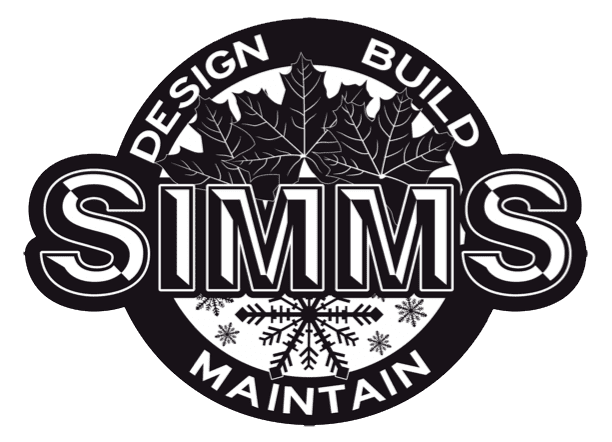For Utah’s cool-season lawns, the two most important fertilizer applications are spring and fall. Apply the spring feeding in late March or April, after the ground has thawed and growth begins. This strengthens roots and helps the lawn green up quickly. The fall feeding, in September or October, restores nutrients after summer stress and prepares turf for winter dormancy, leading to a stronger comeback in spring. Some properties benefit from a light midsummer feeding, but only if soil tests show a need—over-fertilizing can stress plants and pollute waterways. Trees and shrubs may also need targeted spring fertilization if soil tests reveal deficiencies. Always ask your contractor for soil testing rather than relying on generic fertilizer schedules. A test identifies pH issues or nutrient gaps and allows precise treatment. Fertilizer should never be applied blindly; the right timing and nutrients ensure growth without waste, protecting both your investment and the environment.
When should I fertilize after installation by a landscaping company?
Related FAQs
-
When will I need to replace parts of my landscaping?
Lifespan varies widely across different elements of a landscape. Irrigation main lines often last 15–20 years, but heads, valves, and…
-
Will my HOA approve this project?
HOA approval depends on your community’s governing documents, typically called CC&Rs. Many Utah HOAs regulate visible changes such as fences,…
-
Why does my neighbor’s yard look better after using a landscaping company?
The difference usually comes from consistent maintenance and better resource management. A professional company may be adjusting irrigation schedules seasonally,…
